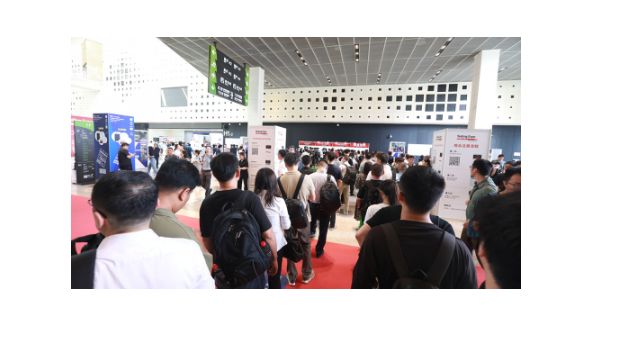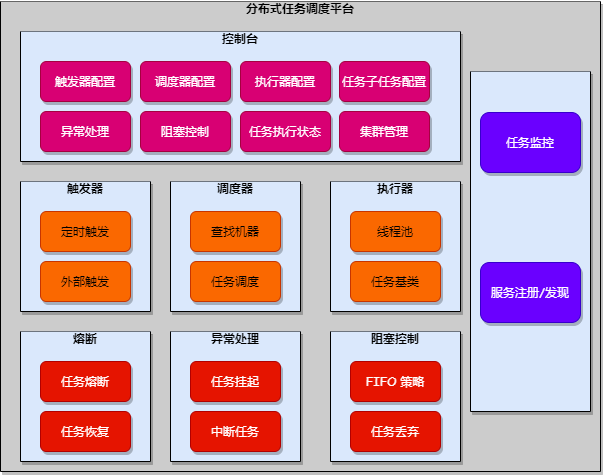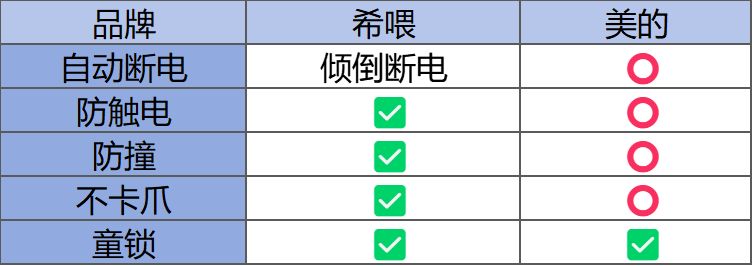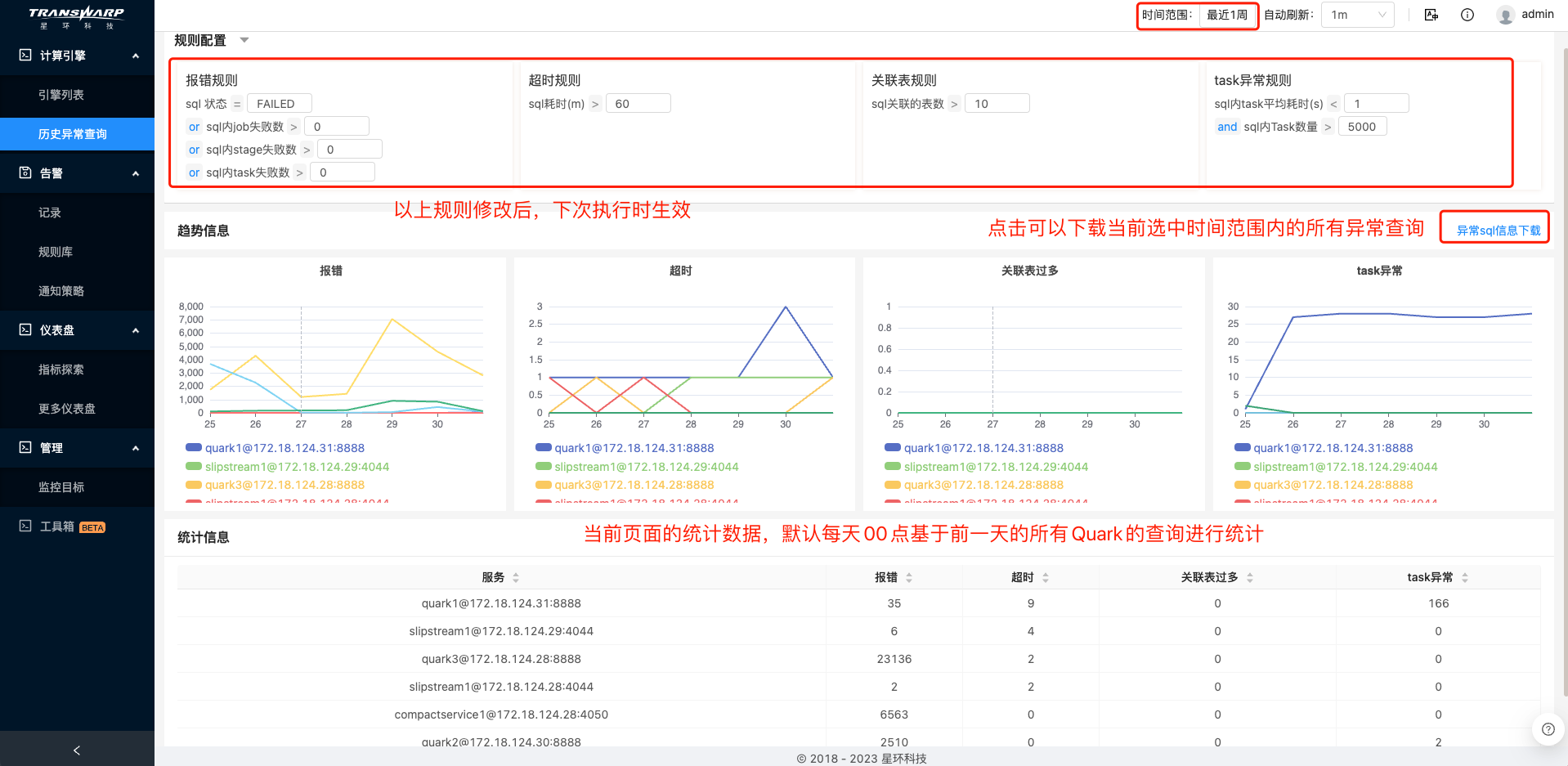1、目的
NLP领域的自监督预训练非常成功,CV领域可以参考其masked autoencoding方法。主要挑战有:
1)CNN不会直接用mask tokens或者positional embeddings,而是在规则网格上运算 -> Vision Transformers (ViT)
2)Language是人为创造的,在语义和信息上非常密集,即便只训练模型预测一个句子中的个别缺失的单词,也能学到有用的信息;而图像则有极大的空间冗余,只用相邻图像块,而无需高级语义理解,就可以进行图像复原 -> 随机遮挡大量的patch
3)decoder很大程度上决定了学到的latent representation的semantic level
2、方法
asymmetric encoder-decoder

1)masking
a)non-overlapping patches
b)random sampling (uniform distribution)
c)high masking ratio (75%;减小了redundancy,避免了从visible neighboring patches中推断出内容)
2)encoder
a)ViT (transformer blocks + positional embedding)
b)只用visible patches作为输入,不用mask tokens。极大地减少了预训练时间(3x),减少了存储消耗
3)decoder
a)lightweight;Transformer blocks + positional embeddings
b)同时用latent representation和mask tokens作为输入
4)reconstruction target
a)decoder的最后一层的channel数 = patch pixel数目
each element in the output is a vector of pixel values representing a patch
b)只在masked patches上计算MSE loss
c)以patch为单位对pixel进行normalize可以提升representation quality


![[开端]如何看待“低代码”开发平台的兴起](https://i-blog.csdnimg.cn/direct/b098bfa1e57c4f0e9e14dc0b79310f52.png)
















![[器械财讯]威高血液净化:中国血液透析市场的领军企业冲刺IPO](https://img-blog.csdnimg.cn/img_convert/4f06871a3c97cefa99b2da779a45b207.jpeg)